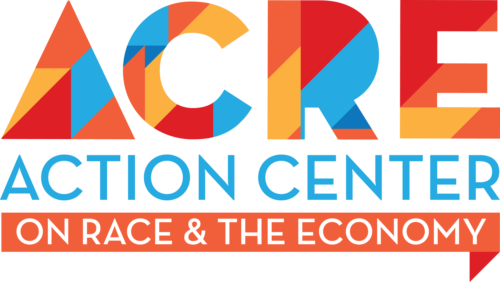Executive Summary
Toward a New Model of Social Finance
“The Municipal Bank: An Overview” and the accompanying technical document lay out a broad framework for how municipalities can establish, fund, and operate publicly owned municipal banks based on principles of egalitarian, redistributive justice, worker rights, and more ecologically sound urban development. While this paper focuses on the potential for cities to create publicly owned banks, many of the core principles involved also apply to state-level initiatives.
Issues related to capitalization, ownership structure, transparency, and governance are addressed. The paper also outlines a variety of lending initiatives through which municipal banks can advance and realize a broad set of redistributive and environmental objectives. As discussed below, municipal banks, when properly designed and managed, can generate significant financing for infrastructure and affordable housing. Municipal banks will allow tax revenues that are currently devoted to paying interest and principal on public debt obligations to be recaptured and redirected into local investments to improve employment prospects and economic opportunity in low-income, often disproportionately minority neighborhoods. Municipal banks can help cities undertake major infrastructure investments to reduce fossil fuel usage and automobile dependence. In addition, public banks can partner with local credit unions and community banks to increase the flow of credit to local businesses and low-income minority communities, through participation lending, risk sharing, and targeted social equity investments.

